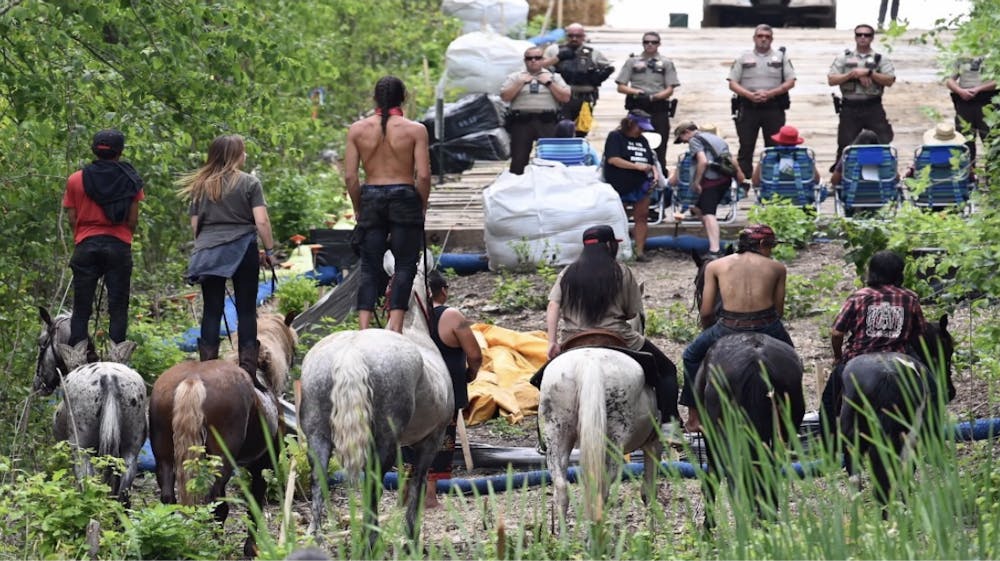On Wednesday, Dec. 7, scholars discussed Native American displacement, the disproportionate effects of COVID-19 on Natives, and the effects of the residential school system at an event on campus titled “The State of Indigenous Americans.”
The event was hosted by the Office of Population Research of the School of Public and International Affairs (SPIA) as part of their “State of the Nation” series. Elizabeth Ellis, an Assistant Professor of History who specializes in early American and Native American history, moderated and opened the talk.
In a discussion about COVID-19, Noreen Goldman, Professor of Demography & Public Affairs at the University, argued that the media diminishes the harms caused to Native communities, as exemplified by the coverage of the COVID-19 pandemic’s impact on these communities.
“Native Americans had 15 times the COVID[-19] death rate as white people in 2020,” Goldman said. The life expectancy went from “71.8 to 65.2 in two years.”
Goldman speculated that the reason these impacts were not covered to the extent they should have been is due to the incorrect ethnic and racial identification of individuals by medical professionals. Goldman emphasized that many of the Indigenous people who died from COVID-19 were identified as white.
Matthew Snipp, a sociology professor at Stanford University, focused on the history of federal policies impacting Native Americans in the United States, such as the aftermath of dislocation which caused “the Native population to fall to 228,000” from a population that could have been as high as 7 to 9 million before European colonization.
Snipp also discussed Native boarding schools. For many children at these institutions, archivists have preserved photographs of the students in traditional dress from when they first enrolled along with photos of the students in military-style uniforms as their schooling continued. Snipp suggested that this was done to show that “boarding schools were able to accomplish the skill of ‘civilizing’ native people.”
The final presentation was conducted by Northwestern University Assistant sociology professor Beth Redbird, who is also director of the Tribal Constitutions Project, which works closely with the NYU-Yale sovereignty projects in digitizing tribal government documents in order to make them accessible to the general public.
She stated that the project contains more than 200 documents from more than 350 tribal nations. In the context of the digitization of tribal records, Redbird discussed the difficulty of data collection when it comes to native populations.
“Data in native and tribal lands are difficult to align,” she said.
The event concluded with a short presentation by Winona LaDuke — a Harvard-educated economist, environmental activist, and member of the Anishinaabekwe (Ojibwe) tribe of the Mississippi Band Anishinaabeg — who reflected on how a lack of access to food, housing, and heat led her village to create solar panels, collect food, and build a house. She calls her village’s work “the Sitting Bull plan.”
More broadly, the issues facing Native communities include climate change, racism, and the COVID-19 pandemic. “In the midst of what is going on amongst all of these crises, we are still resisting. We have the opportunity to do something epic,” LaDuke said.

Justus Wilhoit is a news and Prospect contributor for the ‘Prince.’ Please direct all corrections to corrections[at]dailyprincetonian.com.








